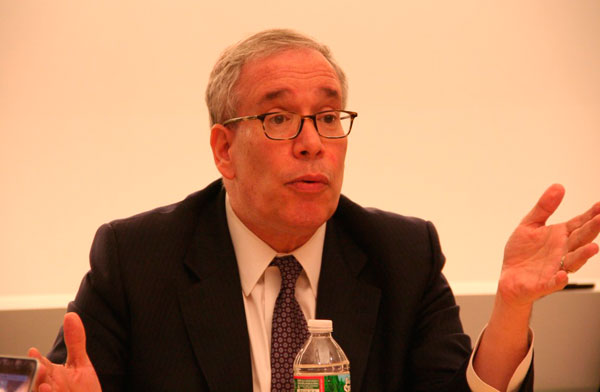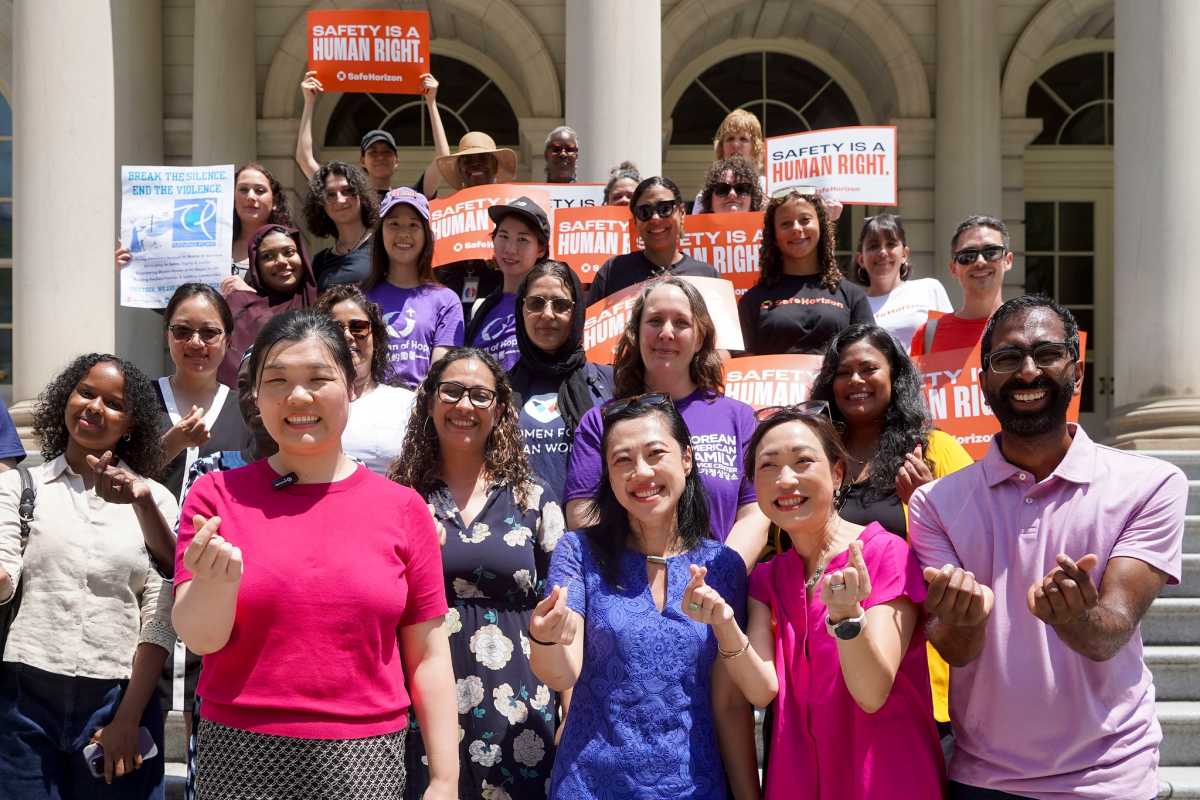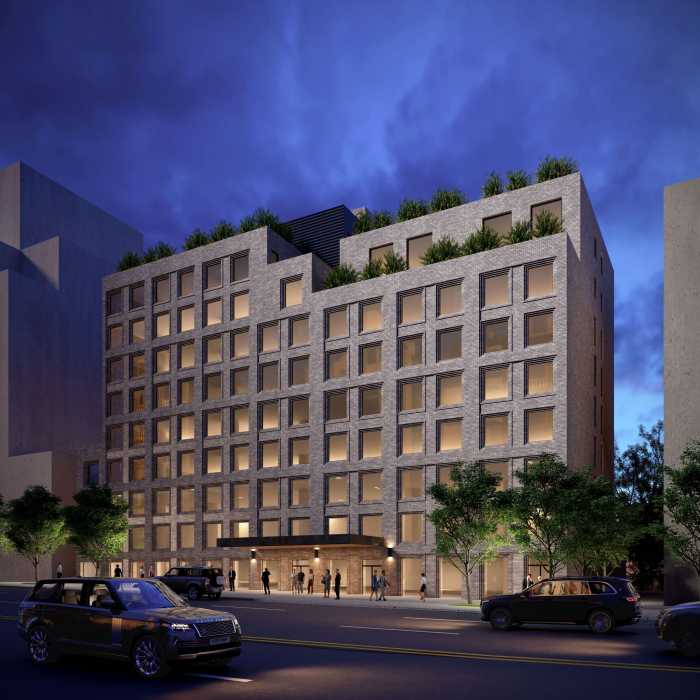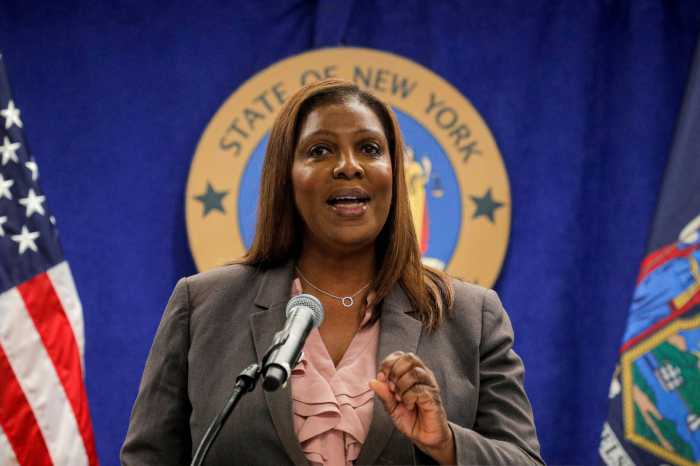Mayor DeBlasio must re-tool his plan to force developers to create affordable housing, because the scheme won’t help low-income residents who need it most, says the city’s top accountant.
The citywide proposal is too broad, said Comptroller Scott Stringer, and officials should instead tailor it to specific neighborhoods.
“One-size-fits-all doesn’t work for all New York City,” said Stringer, who hit out at the mayor’s plan last week. “We must find ways to ensure community-based development is the way we move forward together.”
DeBlasio’s so-called Mandatory Inclusionary Housing proposal would require developers seeking to rezone land to set aside a certain percentage of the units they build there at below-market-rate rent.
Developers would have the option of dedicating one-quarter of new developments to households making around $46,620 a year — for a family of three — or 30 percent of units for households earning around $62,160.
This is the same whether they are building in Canarsie or Chelsea.
The city categorizes households earning such wages as “low-income,” because they are lower than what the richest half of households earn.
But the way those figures are determined is inherently flawed, Stringer said.
The income thresholds are based on the so-called “area median income” — the median wages of the five boroughs and high-earning suburban Putnam, Westchester, and Rockland counties. As a result, households can be making less than half of the median — currently $77,700 a year — and yet still way more than those who are really struggling in some Brooklyn neighborhoods.
Bushwick and parts of Williamsburg, for example, boast median incomes of just $36,000 and $40,000, census data shows. Assigning housing for households earning $62,160 puts it out of reach of those who currently live in Bushwick and are most at risk of having to leave due to rising rents, residents told this paper last month.
In Coney Island and Seagate, an area poised for development, the median is a scant $23,324 — just 30 percent of the seven-county median.
The city contends that it has other ways of creating housing for the lowest earners.
In East New York — which the city plans on rezoning and using as a testing ground for mandatory inclusionary housing — it is offering construction subsidies for developers who create buildings with only below-market-rate rents for three-person households earning between $23,350 and $38,850, a financial report shows. The city could use such subsidies in other areas in the future, a mayoral spokesman said.
But even the more fleshed-out East New York proposal relies too heavily on assumptions about how developers — who are ultimately out to make a profit — will behave, a Stinger spokesman said.
“This rezoning proposal provides no sites, no developers, and no details,” Stringer spokesman Eric Sumberg said. “The difference between a plan and a goal is that plans have details, whereas goals are merely aspirational.”
The mandatory inclusionary housing proposal is currently making its way through public review. Community boards have weighed in — 10 voted against the measure, six supported it, and one board abstained. The borough board — composed of Borough President Adams, representatives from the 18 community boards, and council members — also voted against the proposal 20–1 with two abstentions. The City Planning Commission is now reviewing the plans before passing them on to Council for a vote some time in early 2016.























